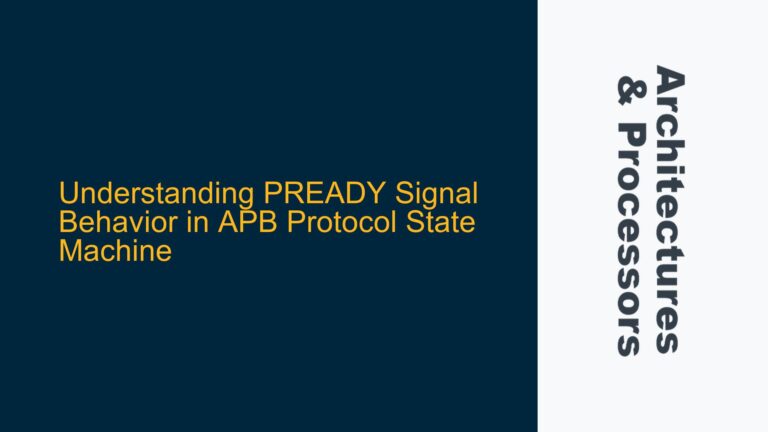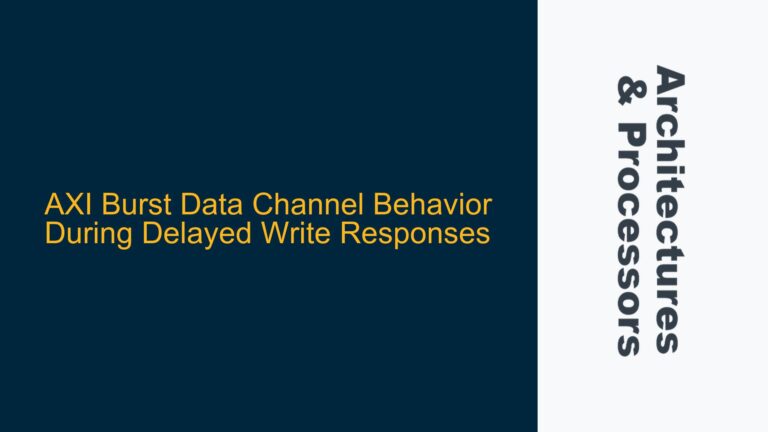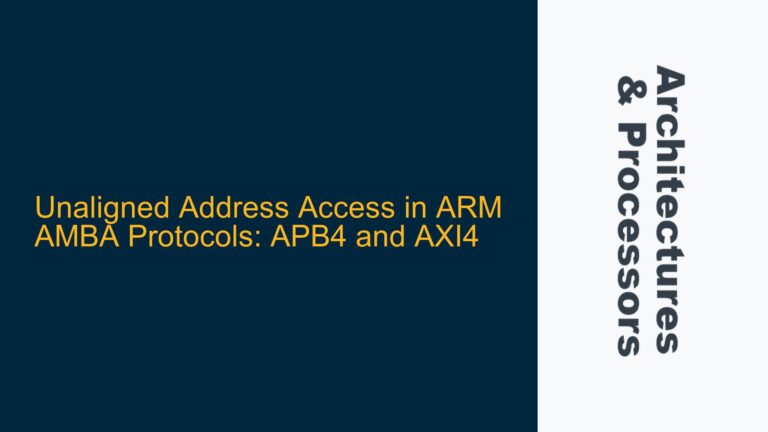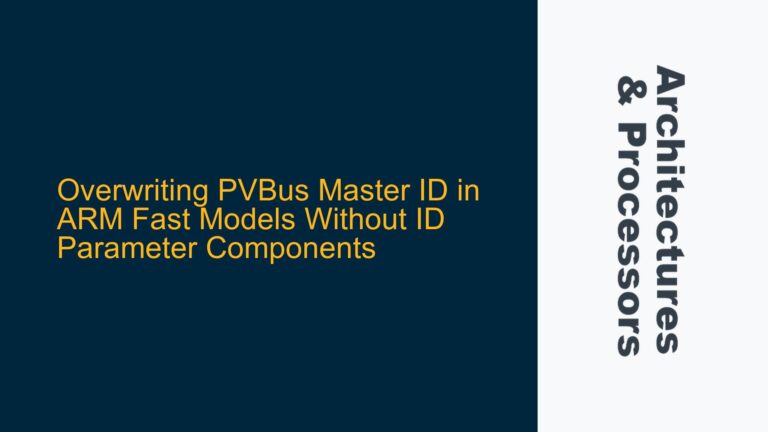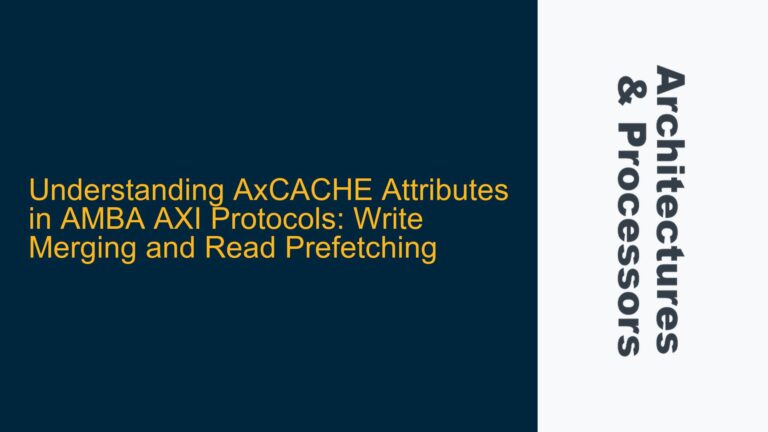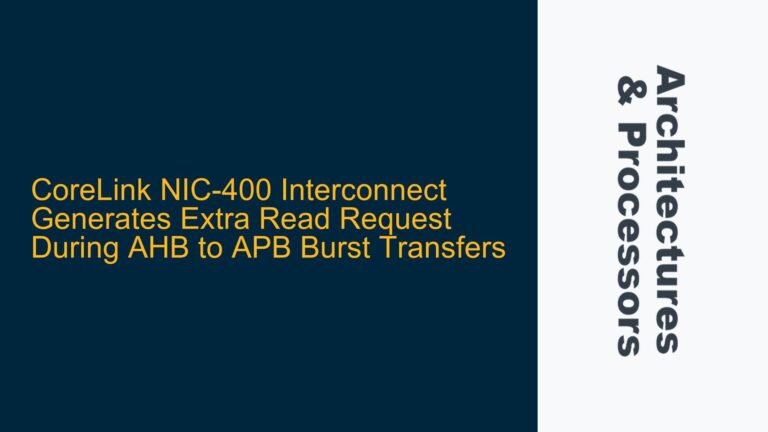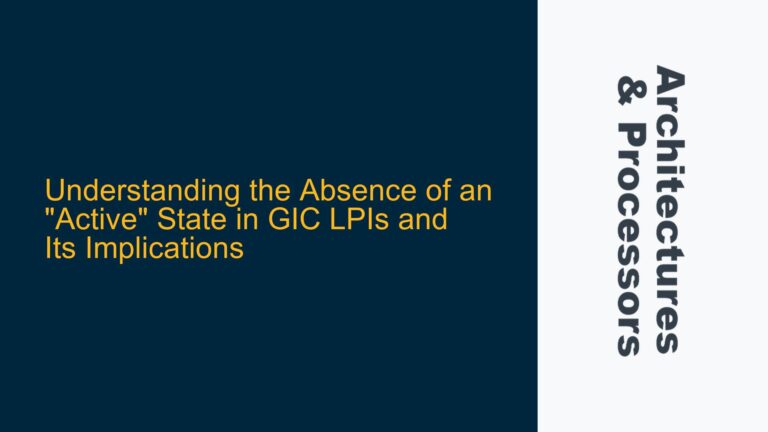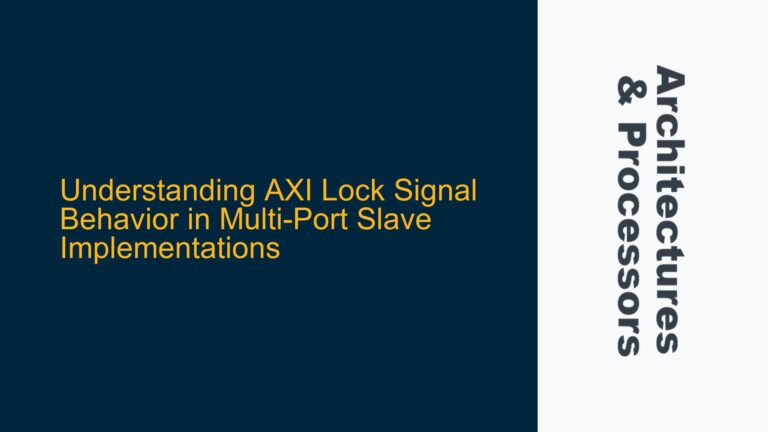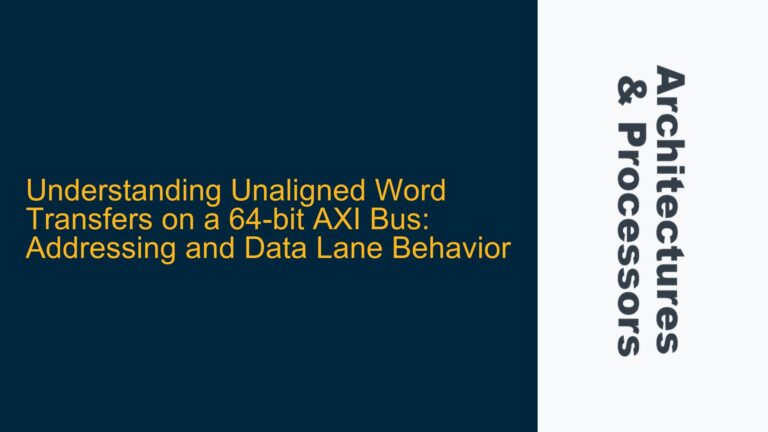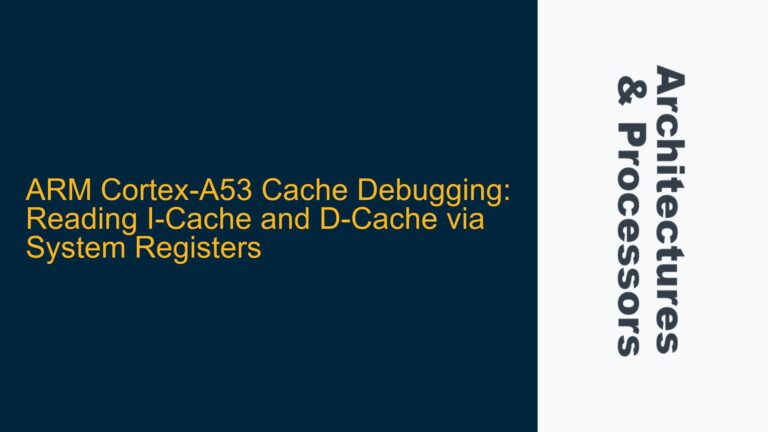PREADY Signal Behavior in APB Protocol State Machine
APB State Machine and PREADY Signal Interaction The Advanced Peripheral Bus (APB) is part of the ARM AMBA (Advanced Microcontroller Bus Architecture) family and is widely used for low-bandwidth, low-power peripheral communications. The APB protocol is simple and efficient, making it ideal for connecting peripherals such as UARTs, timers, and GPIOs to a more complex…
